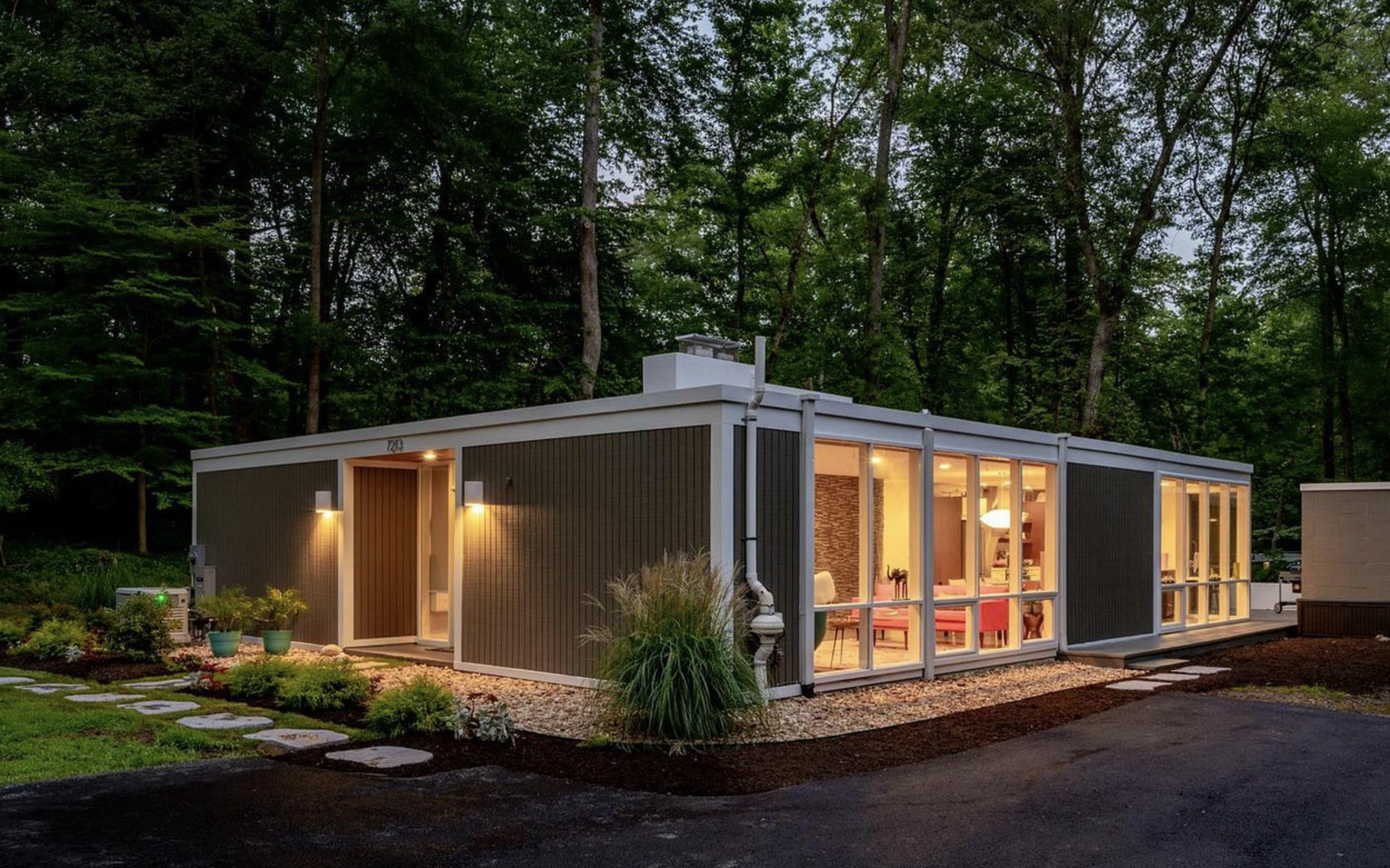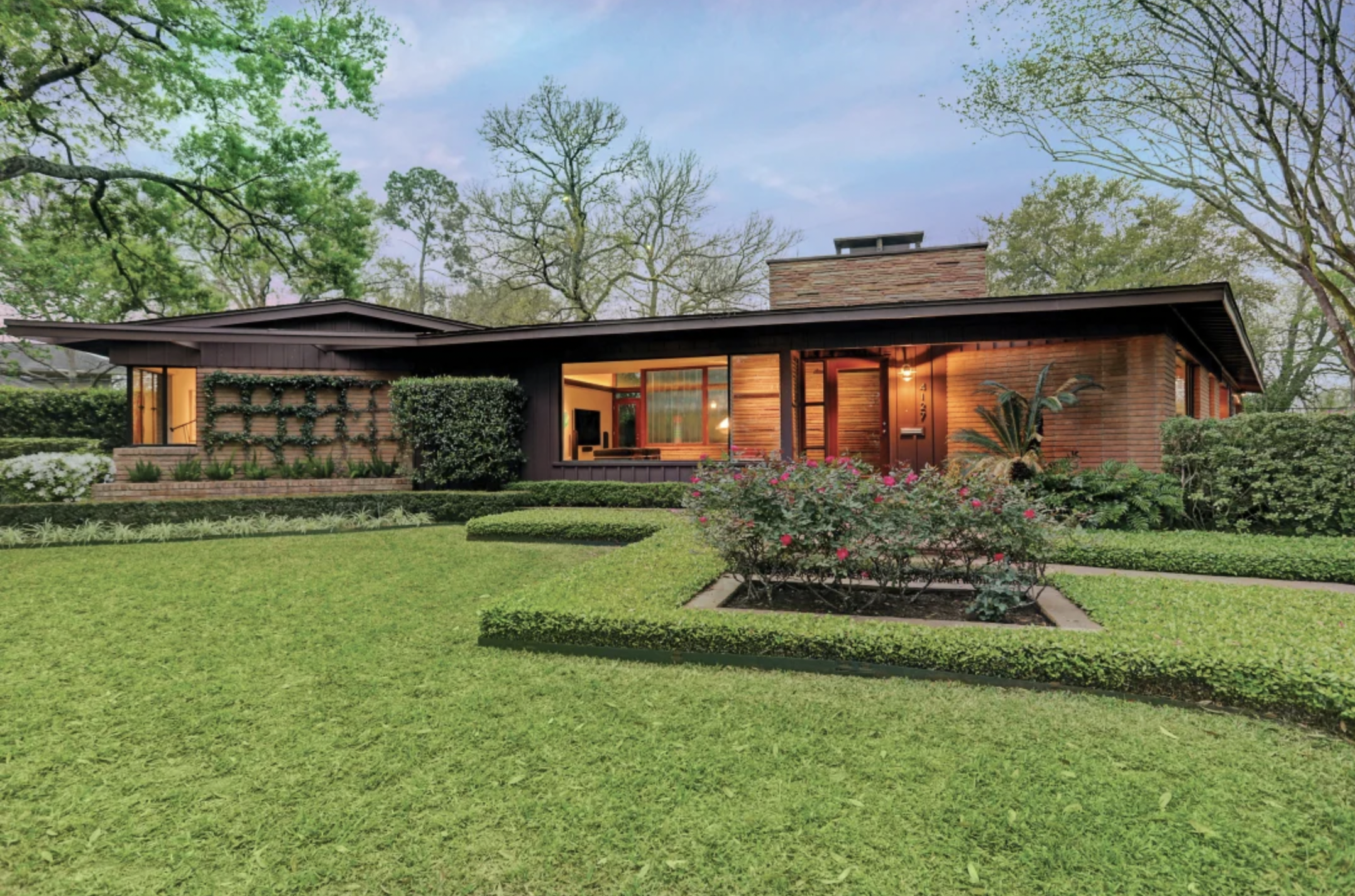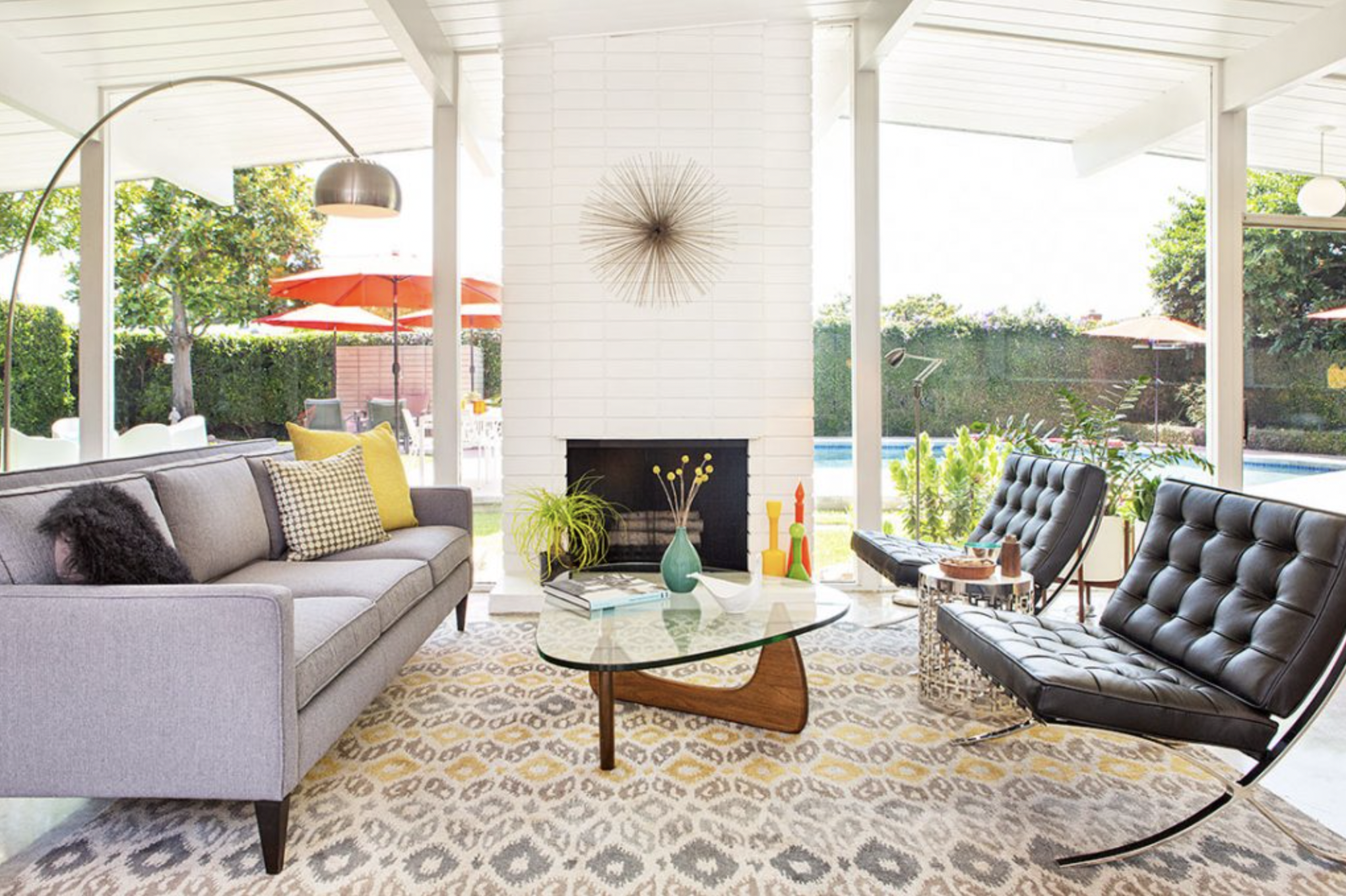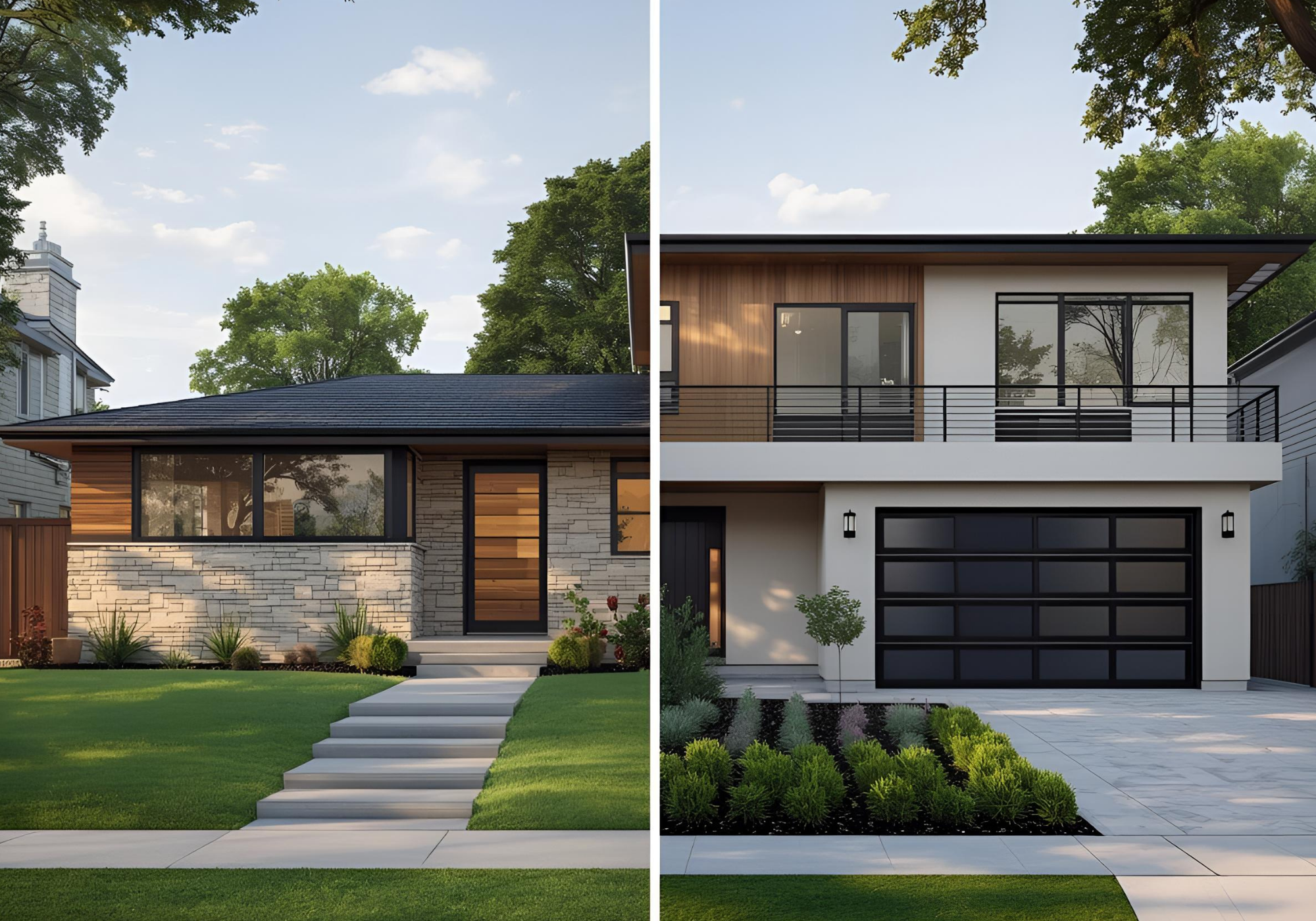Exploring the Charm of Mid-Century Modern Architecture
Mid-century modern architecture, also known as “MCM” was a design movement spanning roughly from the mid-1930s to the late 1960s, remains an enduring influence in the world of architecture and interior design. Characterized by its clean lines, organic forms, and integration with nature, this style reflects the cultural shifts of the mid-20th century. Let's delve into what influenced it, highlight some iconic architects of this era, and explore the different types of mid-century modern homes.
Influences Behind Mid-Century Modern Architecture
Post-World War II Optimism and Innovation- The end of World War II brought about a wave of optimism and an eagerness for new beginnings. Economic prosperity enabled more people to afford homes, leading to a housing boom, particularly in the United States. Technological advances and the availability of new materials like steel, glass, and plywood provided architects with the tools to break away from traditional designs and experiment with form and function.
The International Style and Bauhaus Movement- Mid-century modern architecture drew heavily from the International Style, characterized by minimal ornamentation and a focus on volume over mass. Additionally, the Bauhaus movement, with its emphasis on functionality and simple forms, played a pivotal role in shaping the aesthetics of mid-century modernism.
Integration with Nature- Another key influence was the concept of bringing the outdoors in. This approach was partly a response to the increasing urbanization and the desire to maintain a connection with the natural world. Mid-century architects often used large windows, open floor plans, and organic materials to create a seamless flow between indoor and outdoor spaces.
Notable Mid-Century Modern Architects
Frank Lloyd Wright- Although Frank Lloyd Wright's career began well before the mid-century period, his designs, such as the iconic Fallingwater, significantly influenced the movement. His philosophy of organic architecture and harmonious integration with the environment was a cornerstone of mid-century modern design.
Ludwig Mies van der Rohe- A pioneer of the International Style, Mies van der Rohe's minimalist approach and famous maxim "less is more" became central to mid-century modernism. His Barcelona Pavilion and the Farnsworth House are exemplary of his impact on the movement.
Richard Neutra- Richard Neutra's work in Southern California encapsulates the essence of mid-century modernism. His use of clean lines, flat roofs, and indoor-outdoor living spaces are hallmarks of the style.
Architectural Characteristics of Mid-Century Modern Homes
Clean Lines and Minimalist Aesthetic: Mid-century modern architecture is marked by its simplicity and refinement. The designs often feature clean, sleek lines and a lack of unnecessary detail. This minimalist approach extends to both the exterior and interior of buildings, where ornamentation is sparse, allowing the focus to be on the structure and form itself.
Open Floor Plans: This style often incorporates open and airy floor plans. The walls are frequently minimized to create a sense of openness and fluidity within the space. This architectural choice enhances the interaction between different areas of the home, such as blending the living, dining, and kitchen areas into a cohesive, shared space.
Integration with Nature: Mid-century modern homes often blur the boundaries between the indoors and outdoors. Large windows, sliding glass doors, and skylights are common, allowing for ample natural light and views of the surrounding landscape. This feature not only creates a seamless integration with nature but also promotes a sense of tranquility and openness.
Use of Modern Materials and Techniques: The mid-century period was a time of technological and material innovation. Architects of this era embraced new construction techniques and materials such as steel, concrete, glass, and plywood. These materials allowed for greater flexibility in design, enabling architects to explore novel forms and structures.
Geometric and Organic Forms: Mid-century modern architecture often features a mix of geometric and organic forms. While the overall structure may present strong geometric lines and shapes, organic forms and natural materials are frequently incorporated. This juxtaposition creates a dynamic and yet harmonious aesthetic that is both modern and timeless.
Mid-century modern architecture is more than just a style; it's a reflection of a transformative period in history, characterized by optimism, technological progress, and a shift towards simplicity and connection with nature. Its timeless appeal lies in its simplicity, functionality, and harmonious blend with the environment, making it as relevant today as it was in the mid-20th century.
As we look around our contemporary living spaces, the legacy of mid-century modernism continues to influence modern design, reminding us of a period where architecture and design took a leap into the future, shaping the world we live in today.
Interested in finding your own mid-century modern home? See the DC region’s current MCM listings here.






